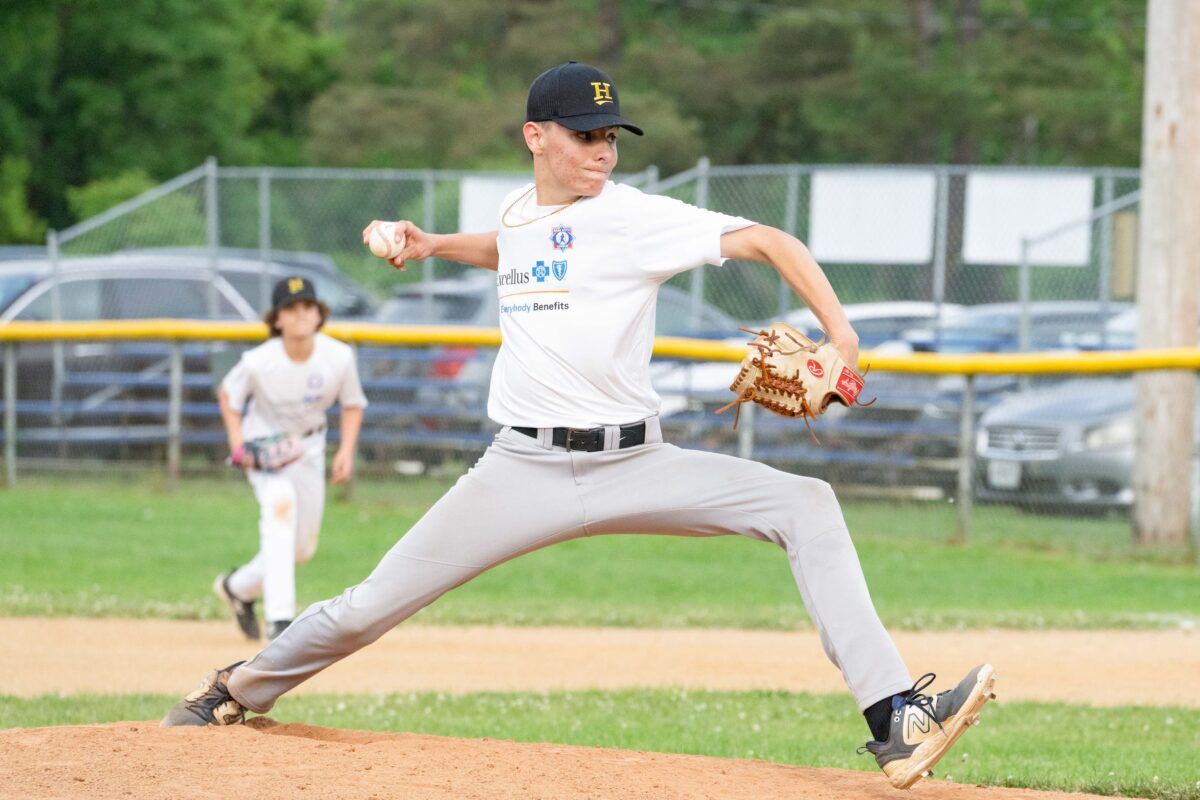Baseball Stat Terms for Youth Sports: Simple Definitions for Players, Coaches, and Parents
Share This :

Understanding baseball stats can help everyone follow the game better and support player development.
Baseball is a sport full of numbers and statistics. For youth players, parents, and coaches, learning what the stats mean can feel overwhelming. They also should be taught and introduced at the right age level. While that may be a personal decision, we’d always encourage waiting for higher levels. There’s a lot of skill development to focus on with our younger baseball players.
But, players will always reach an age where stats become a common theme. Getting familiar with key baseball stat terms helps everyone track progress, understand performance, and enjoy the game more.
This guide breaks down common baseball stats in simple terms to help your team and families get on the same page.
Why It Matters?
Tracking numbers in intermediate baseball helps:
- Identify areas where players are improving
- Guide coaching decisions
- Encourage players by showing progress
- This is also a great way to encourage a lifelong love of the game of baseball. The MLB is ruled by these stat terms, so connecting with your players on that level is a big advantage.
When parents understand stats, they can better support their kids’ growth without getting frustrated or confused.
Baseball Offense Stat Terms To Know
Batting Average (AVG)
This measures how often a player gets a hit when at bat. It is calculated by dividing hits by at-bats. A higher number means the player is getting hits more often.
Runs Batted In (RBI)
This counts how many runs a player has helped score by making a hit or play that allows teammates to cross home plate.
Home Runs (HR)
The number of times a player hits the ball and rounds all bases to score without being put out.
On Base Percentage (OBP)
This shows how often a player reaches base by any means, including hits, walks, or being hit by a pitch.
Youth Baseball Defensive Stats Terminology
Errors (E)
An error happens when a player makes a mistake that allows an opponent to advance or get on base when they should have been out.
Assists (A)
This counts how many times a defensive player helped make an out, often by throwing the ball to another player. This is a less-common term.
Putouts (PO)
The number of times a player is directly responsible for getting a batter or runner out.
Youth Baseball Pitching Stats Terms Glossary
Earned Run Average (ERA)
The average number of runs a pitcher allows per nine innings pitched, excluding runs scored because of errors.
Strikeouts (K)
The number of times a pitcher throws three strikes to get a batter out.
Walks (BB)
How many times a pitcher allows a batter to reach first base by throwing four balls outside the strike zone.
How and When to Teach Stats to Young Players
- Use simple language and real examples from games
- Focus on a few key stats instead of overwhelming players with too many numbers
- Celebrate improvement and effort, not just the numbers
- Show how stats connect to skills they practice during training
Understanding baseball stats empowers players, parents, and coaches to communicate better and appreciate the game more. When everyone shares the same language, it makes the sport more fun and rewarding for everyone involved.
National data actively tracking the safe return of youth sports activities
See the map

